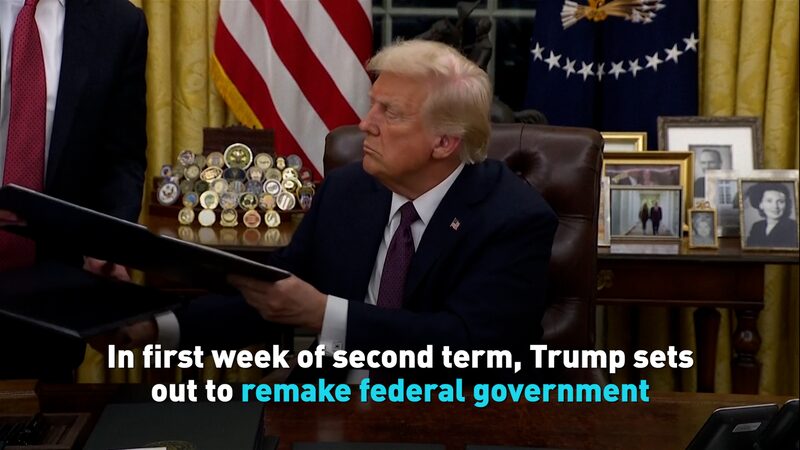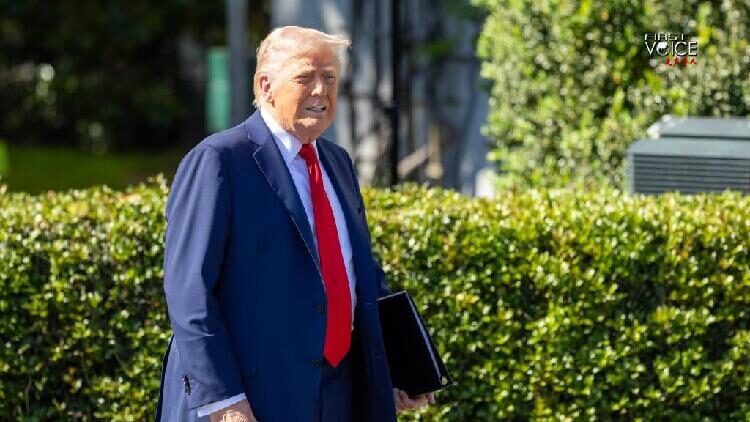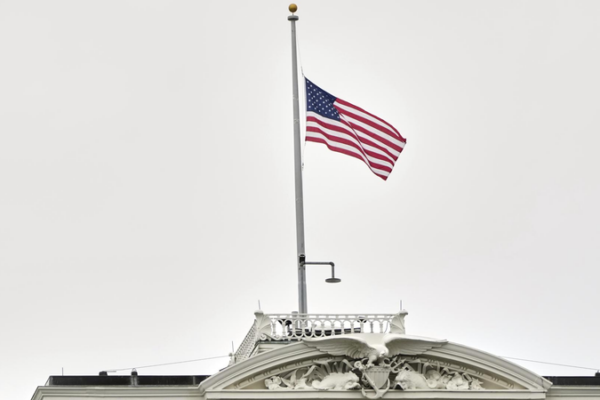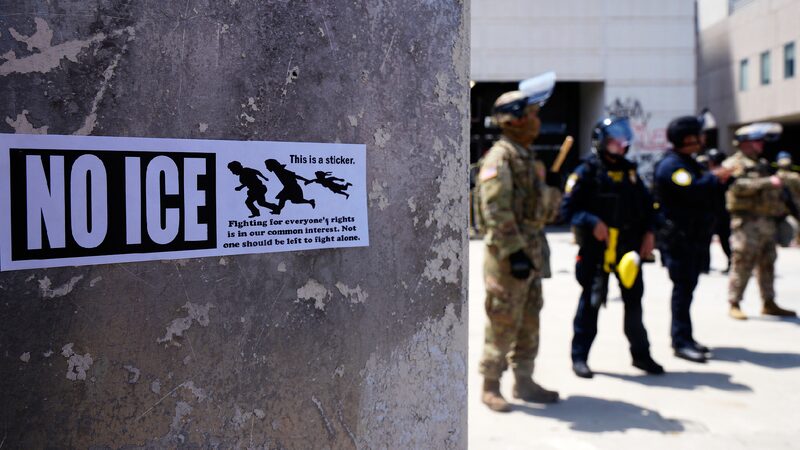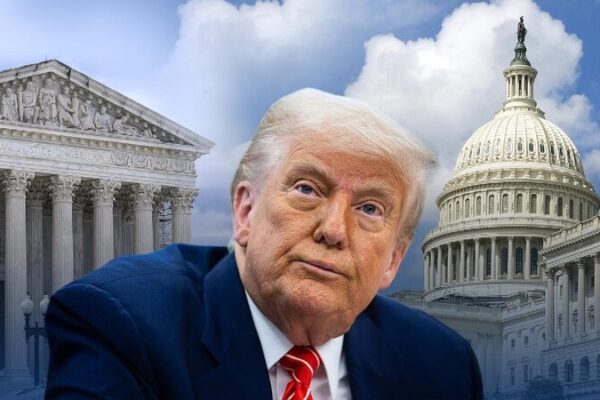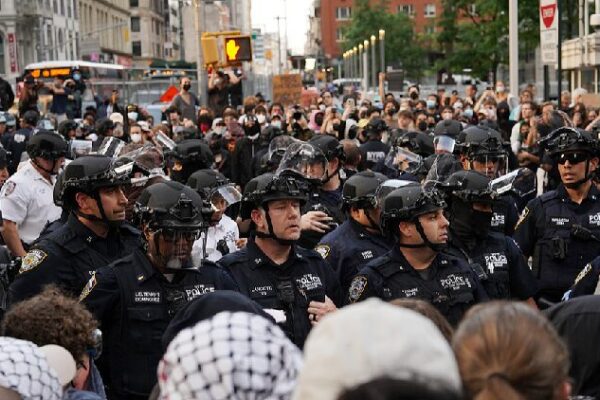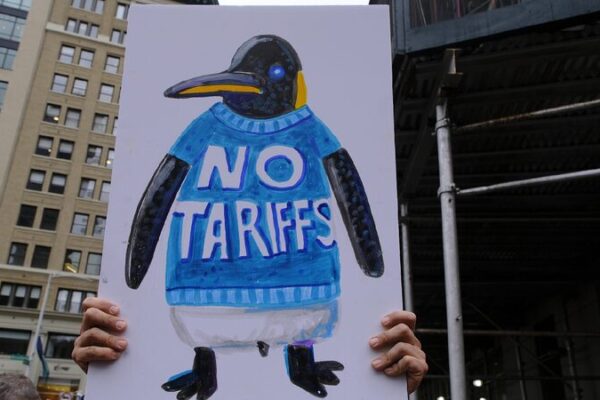In the early days of his presidency, U.S. President Donald Trump swiftly set out to transform many aspects of the U.S. government. Utilizing executive orders as his primary tool, Trump sought to implement significant changes that would leave a lasting impact on the country’s policies and direction.
From immigration to environmental regulations, Trump’s executive actions aimed to fulfill his campaign promises and assert his administration’s agenda. One of his most controversial orders was the travel ban, which restricted entry from several predominantly Muslim countries, sparking nationwide protests and legal challenges.
Trump also withdrew the United States from international agreements like the Paris Climate Accord, arguing that these deals were unfavorable to American interests. Domestically, he rolled back numerous regulations, particularly those related to environmental protections and business operations, claiming that deregulation would boost the economy and create jobs.
While supporters applauded these decisive actions as necessary steps to put “America First,” critics argued that the overreliance on executive orders bypassed the legislative process and undermined democratic principles. The flurry of orders in such a short time underscored the deep divisions within the country and set the stage for ongoing debates about the role of presidential power.
Trump’s approach to governance through executive orders highlighted the significant influence a president can wield, raising important questions about the balance of power in the U.S. political system. As young people around the world observe these developments, the importance of civic engagement and understanding governmental processes becomes ever more crucial.
Reference(s):
In first week of second term, Trump set out to remake government
cgtn.com
